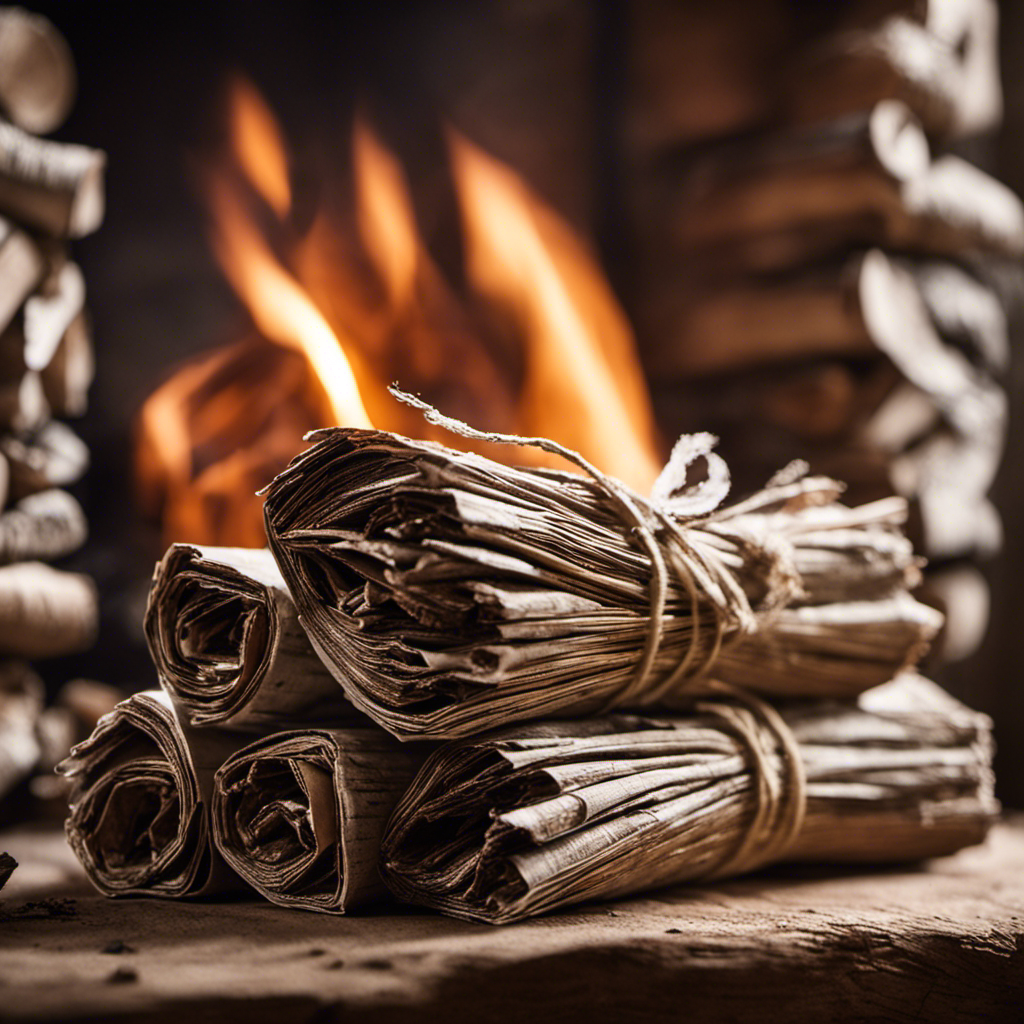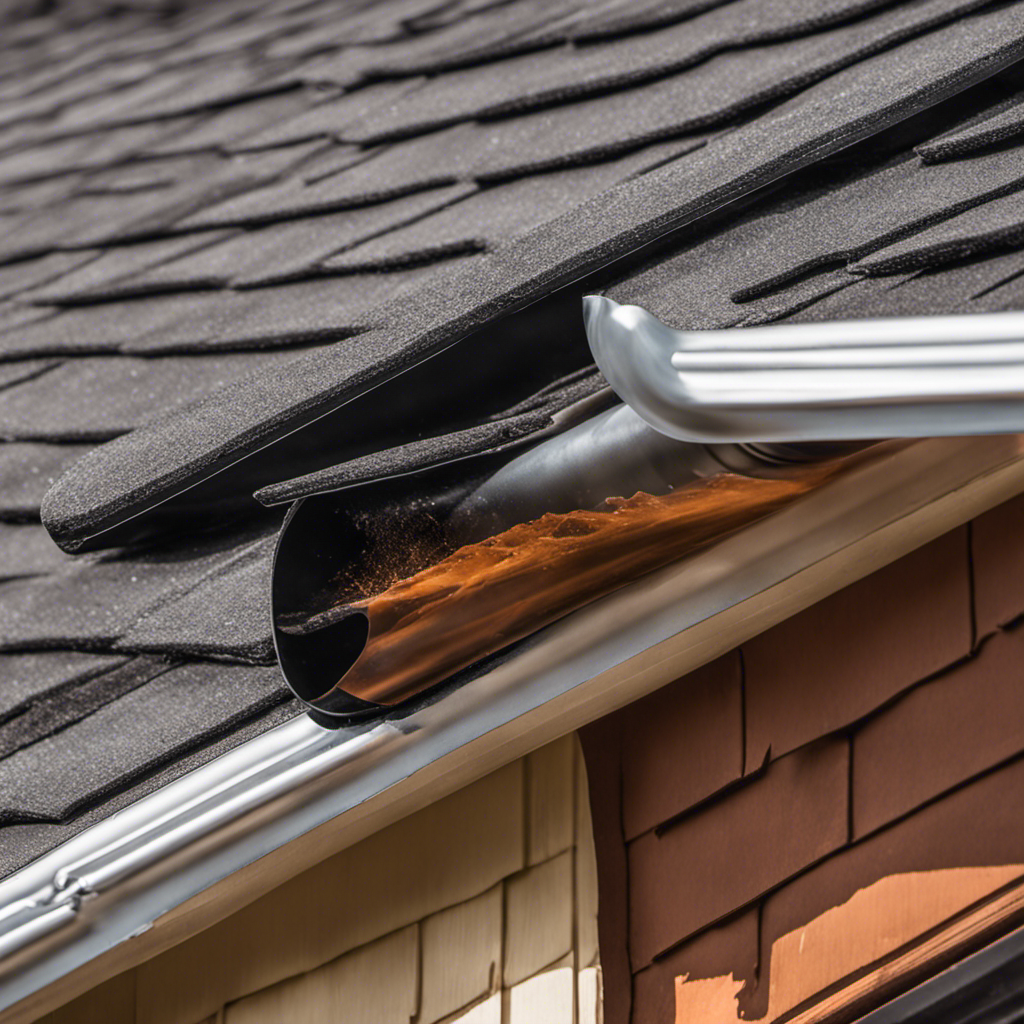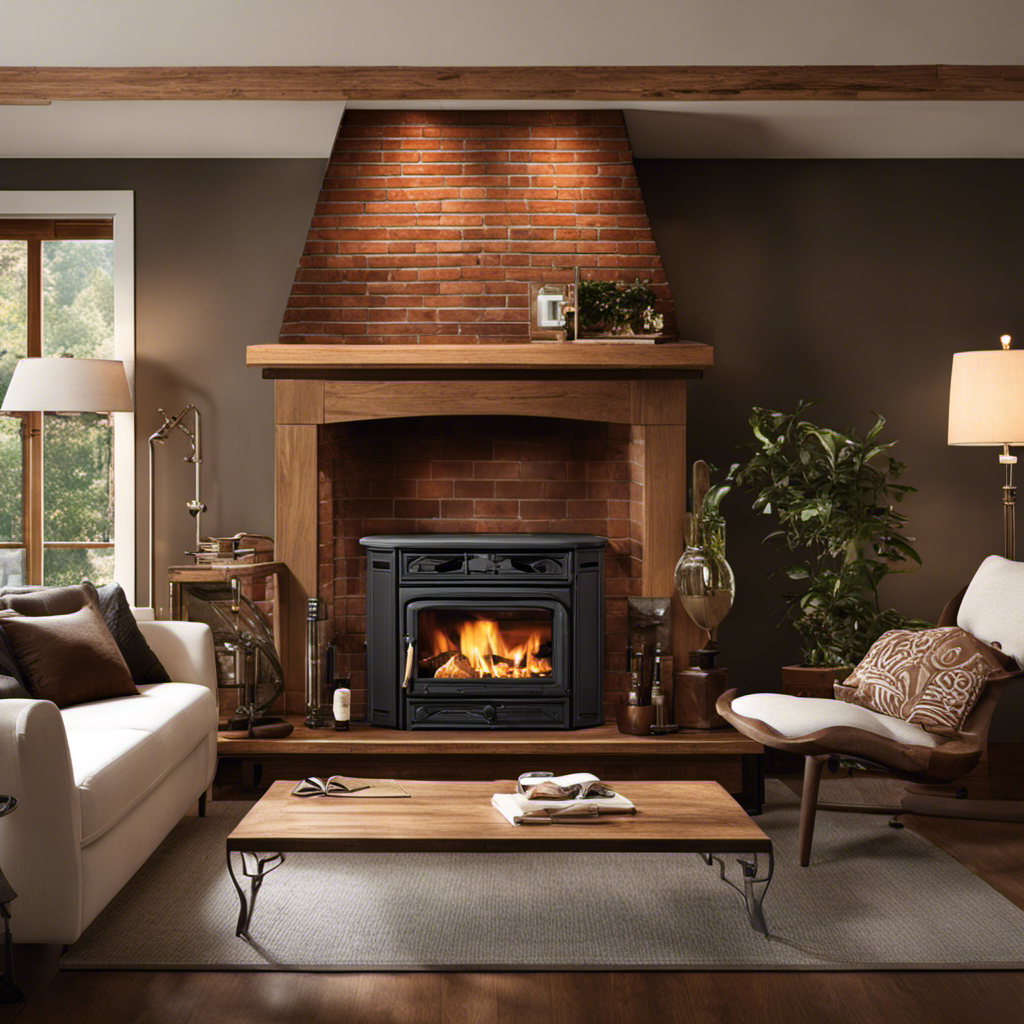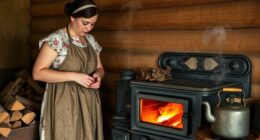
During the colder months, utilizing an indoor wood stove can transform your living space into a warm and inviting atmosphere similar to a campfire. Not only does it provide heat, but also creates a charming ambiance.
In this guide, I’ll show you how to safely and effectively use an indoor wood stove.
From selecting the right wood to maintaining and controlling the fire, I’ll walk you through the steps to ensure a comfortable and enjoyable experience.
So grab a cup of hot cocoa and let’s get started!

Key Takeaways
- Select properly dried wood to ensure optimal combustion and minimal smoke production.
- Ensure proper ventilation and regularly clean the stove to maintain safe and efficient operation.
- Gather small pieces of kindling and position them in a teepee shape to light the fire.
- Adjust the damper to control the airflow and maintain the desired temperature while using the wood stove.
Selecting the Right Wood for Your Indoor Wood Stove
I can’t stress enough the importance of selecting the right wood for my indoor wood stove. When it comes to using a wood stove indoors, the type of wood you choose can greatly impact its efficiency and overall performance.
One crucial factor to consider is the moisture content of the wood. It’s essential to use properly dried wood to ensure optimal combustion and minimal smoke production. Green or wet wood not only produces more smoke but also results in reduced heat output and increased creosote buildup in the chimney.
To ensure the wood is adequately dried, it should be stored in a well-ventilated area for at least six months before use. Proper wood storage is essential to prevent the growth of mold and mildew.
Now that we understand the importance of selecting the right wood, let’s move on to preparing the wood and stove for use.

Preparing the Wood and Stove for Use
Before starting, make sure to gather enough firewood and ensure that the stove is clean and ready to be used.
Proper ventilation is crucial when using an indoor wood stove to ensure safe and efficient operation. Start by opening the damper fully to allow for maximum airflow. This will help the wood burn more efficiently and reduce the risk of smoke entering the room.
Additionally, cleaning the stove regularly is essential for optimal performance. Remove any ashes and debris from the firebox, grate, and flue. Clean the glass door using a non-abrasive cleaner to maintain visibility. Inspect the stovepipe for any blockages and remove them if necessary.
Lighting the Fire in Your Indoor Wood Stove
To successfully light the fire, I gather small pieces of kindling and position them in a teepee shape in the center of the firebox. This helps to ensure proper air circulation and allows the fire to ignite easily.
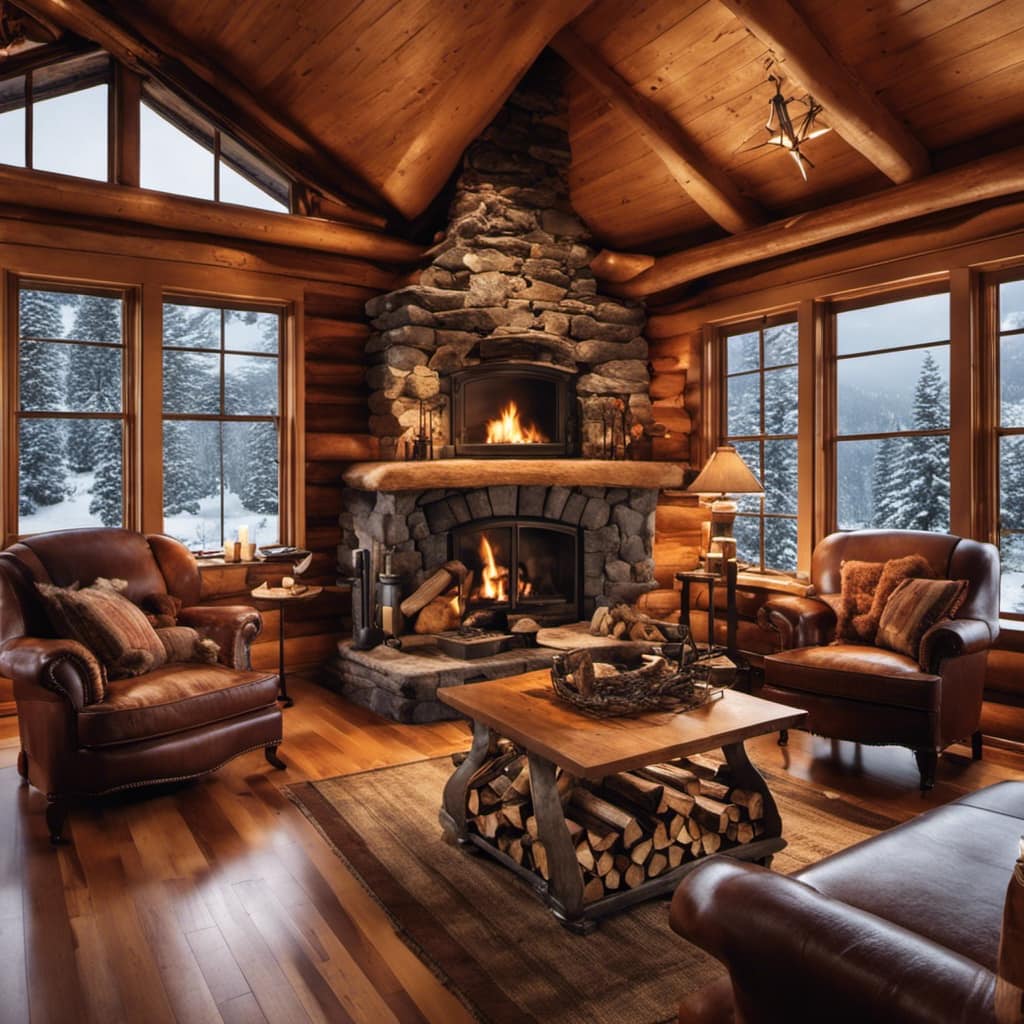
Here are some important steps to follow when lighting a fire in your indoor wood stove:
- Ensure the stove is clean and free of debris to prevent any obstructions.
- Open the damper to provide proper ventilation and allow for the flow of air.
- Place firewood logs on top of the kindling in a crisscross pattern to allow for better airflow.
- Use a long lighter or matches to ignite the kindling, carefully avoiding any contact with flammable materials.
- Once the fire is established, gradually add larger pieces of firewood to maintain a steady and controlled burn.
By following these steps, you can safely and effectively light a fire in your indoor wood stove, ensuring both fire safety and proper ventilation for optimal performance.
Now, let’s move on to maintaining and controlling the fire in your wood stove.
Maintaining and Controlling the Fire in Your Indoor Wood Stove
Once the fire is burning steadily, I can adjust the damper to control the airflow and maintain the desired temperature in my home.

The damper is a crucial component of an indoor wood stove, as it allows me to regulate the amount of oxygen that reaches the fire. By opening the damper, more oxygen is supplied, resulting in a hotter fire.
Conversely, closing the damper restricts the airflow, reducing the intensity of the fire. This level of control enables me to maintain a consistent temperature in my home.
It’s important to note that adjusting the damper should be done gradually to prevent sudden temperature fluctuations.
Safety Tips for Using an Indoor Wood Stove
I always make sure to keep a safe distance from my indoor wood stove to prevent any accidental burns. Safety is of utmost importance when using an indoor wood stove.
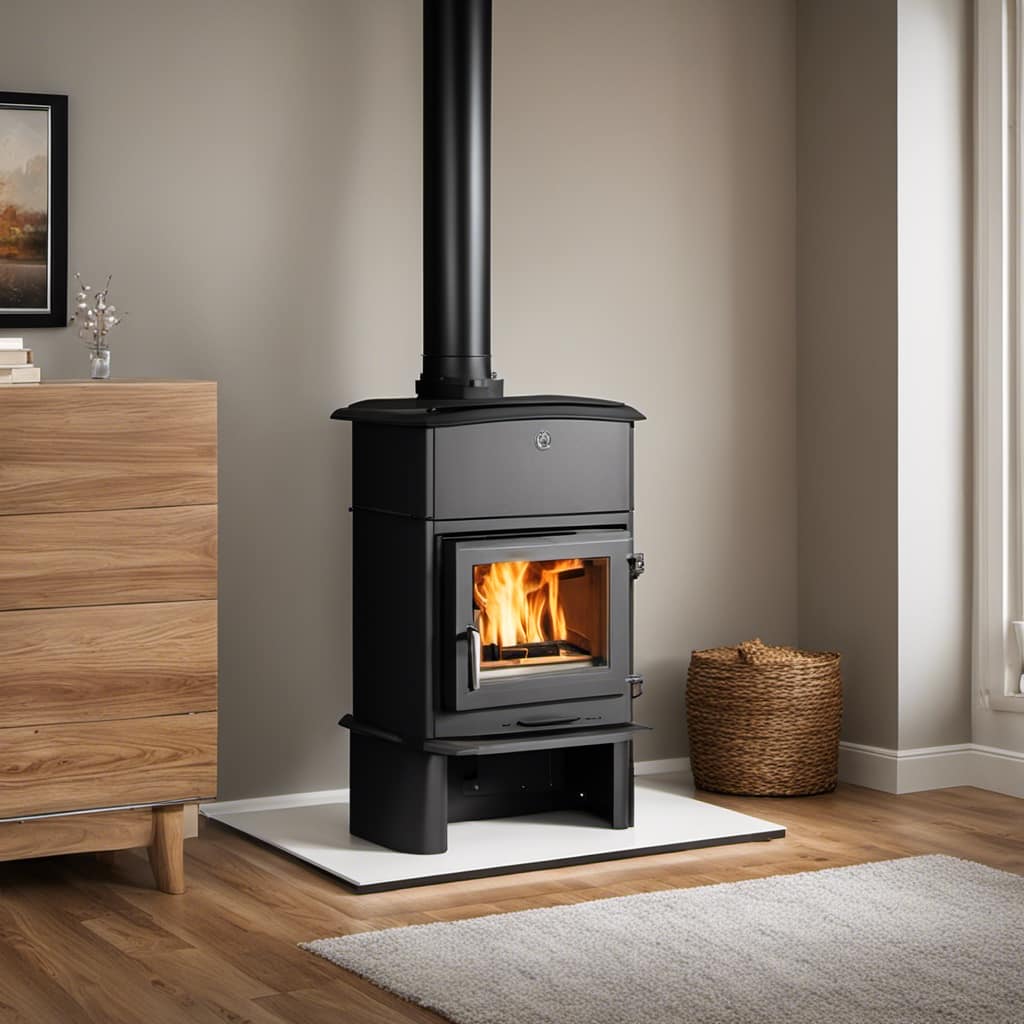
Here are some tips to ensure a safe environment:
- Install a carbon monoxide detector near the stove to monitor any potential leaks.
- Keep flammable materials at least three feet away from the stove to prevent fires.
- Have a fire extinguisher nearby and ensure it’s fully charged and easily accessible.
- Regularly clean and inspect the stove for any signs of damage or wear.
- Never leave the stove unattended and always extinguish the fire before leaving the room.
Frequently Asked Questions
How Often Should I Clean the Chimney of My Indoor Wood Stove?
I clean the chimney of my indoor wood stove every six months to ensure proper airflow and prevent creosote buildup. Regular chimney maintenance is essential for safety and efficiency in wood stove operation.
Can I Use Any Type of Wood in My Indoor Wood Stove?
Yes, you can use different types of wood in your indoor wood stove, but it’s important to choose properly seasoned hardwoods like oak or maple. Ensure proper ventilation to prevent smoke and carbon monoxide buildup.
Is It Safe to Leave the Fire Unattended in My Indoor Wood Stove?
Yes, it is not safe to leave the fire unattended in an indoor wood stove. Fire safety tips should always be followed to prevent potential dangers such as accidental fires and carbon monoxide poisoning.

What Is the Ideal Temperature to Maintain When Using an Indoor Wood Stove?
Maintaining the ideal temperature when using an indoor wood stove is crucial for efficient heating. Best practices include setting the thermostat at around 70-75 degrees Fahrenheit and regularly checking the temperature to ensure safe and comfortable conditions.
Are There Any Specific Safety Precautions I Should Take When Using My Indoor Wood Stove in a Small Space?
When using an indoor wood stove in a small space, it’s crucial to follow safety precautions. Ensure proper ventilation, keep flammable materials away, use a fire screen, and have a fire extinguisher nearby.
Conclusion
As the flames dance and the warmth envelops the room, the indoor wood stove becomes more than just a source of heat. It symbolizes a connection to nature, a reminder of simpler times.
But amidst the tranquility, it’s crucial to prioritize safety. By selecting the right wood, preparing the stove properly, and maintaining the fire diligently, you can enjoy the benefits of an indoor wood stove while ensuring the safety of your home and loved ones.

Embrace the comfort it brings, but always remember to be responsible.
Growing up surrounded by the vast beauty of nature, Sierra was always drawn to the call of the wild. While others sought the comfort of the familiar, she ventured out, embracing the unpredictable and finding stories in the heartbeat of nature.
At the epicenter of every remarkable venture lies a dynamic team—a fusion of diverse talents, visions, and passions. The essence of Best Small Wood Stoves is crafted and refined by such a trio: Sierra, Logan, and Terra. Their collective expertise has transformed the platform into a leading authority on small wood stoves, radiating warmth and knowledge in equal measure.





